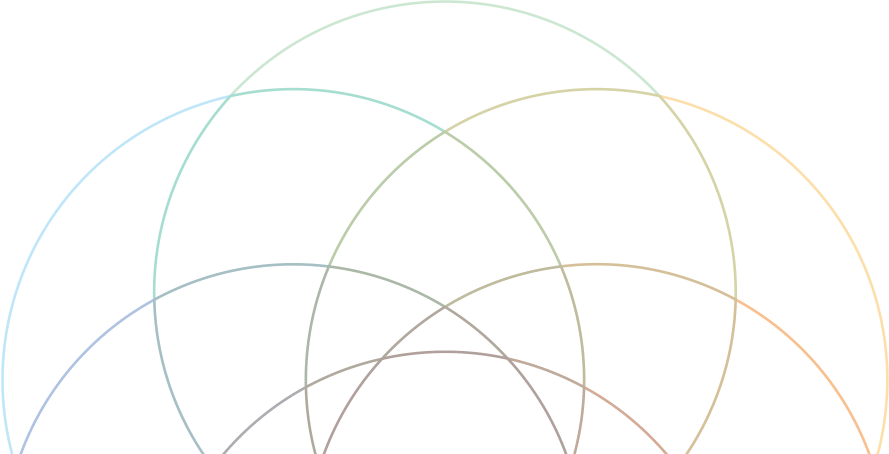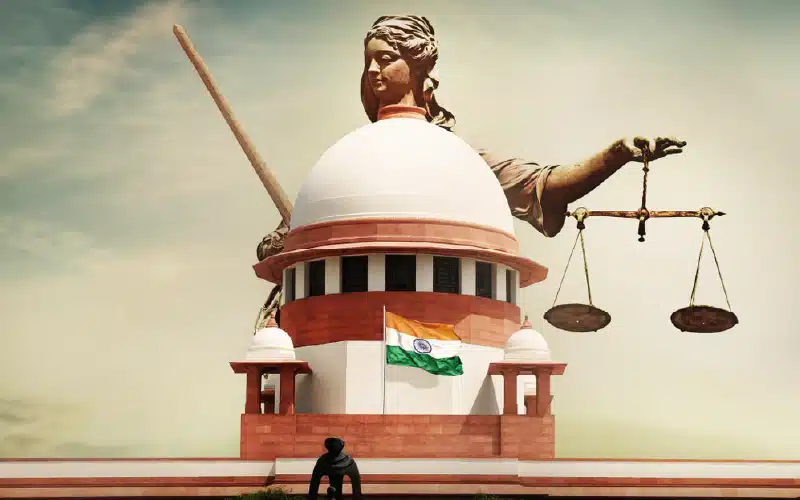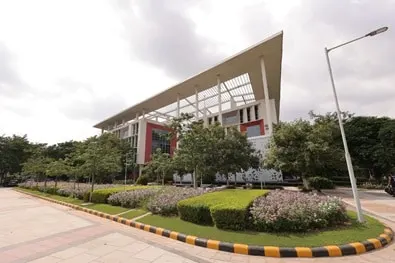Blogs


Top Law (LLB) Entrance Exams in India 2025

One of the prominent professions, law, in India, is captivating the attention of students from vast and diverse academic backgrounds. With legal frameworks revolutionising and expanding worldwide, law plays a crucial role in ensuring justice is served, and governance and societal order are abode. On the off, if you are eager to step into the world legal profession, comprehending the right entrance exam for law after 12th and graduation is critical to enrol in undergraduate and postgraduate law courses in India. Before we move on to the law entrance examinations after 12th and graduation, let’s delve deeply into its market size.
The Market Size
The global legal services market sizewas anticipated at USD 952.29 billion in the year 2022 and is assumed to expand at a compound annual growth rate (CAGR) of 4.5% between 2023 and 2030. Below is the detailed information for the same. Get a glimpse.
Legal Services Market Report Scope
| Report Attribute | Details |
| Market size value in 2023 | USD 1,000.86 billion |
| Revenue forecast in 2030 | USD 1,362.81 billion |
| Growth rate | CAGR of 4.5% from 2023 to 2030 |
| Base year for estimation | 2022 |
| Historical data | 2018 - 2021 |
| Forecast period | 2023 - 2030 |
| Report Updated | November 2023 |
| Quantitative units | Revenue in USD billion and CAGR from 2023 to 2030 |
| Report coverage | Revenue forecast, company ranking, competitive landscape, growth factors, and trends |
| Segments covered | Service, firm size, provider, region |
| Regional scope | North America; Europe; Asia Pacific; Latin America; MEA |
| Country scope | U.S.; Canada; U.K.; Germany; France; Italy; Spain; China; Japan; India; South Korea; Brazil; Argentina; Chile; South Africa |
| Key companies profiled | Baker McKenzie LLP; Clifford Chance; Deloitte; DLA Piper LLP; Ernst & Young Global Limited; Kirkland & Ellis LLP; KPMG; Latham & Watkins; PwC; Skadden; Arps; Slate; Meagher & Flom LLP |
Entrance Exams for Law After 12th Grade
If you are wondering about pursuing a legal education immediately after completing your 12th, there are various entrance exams that provide entry into 5-year integrated law courses, such as B.A., LL.B. (Hons.), B.B.A., LL.B., (Hons.), etc. Some of the most prestigious entrance exams are-
Common Law Admission Test (CLAT)
-
- Scope
One of the most popular national-level entrance exams, CLAT, is an undergraduate (UG) and postgraduate (PG) law programme offered by 22 National Law Universities (NLUs) across India.
-
- Exam PatternFor UG aspirants, CLAT tests-
- English Comprehension
- Logical Reasoning
- Legal Aptitude
- General Knowledge
- Quantitative Techniques
- Eligibility
- Exam PatternFor UG aspirants, CLAT tests-
You must clear your 12th grade with at least 45% marks (40% for SC/ST candidates).
All India Law Entrance Test (AILET)
Scope: Conducted by National Law University (NLU), Delhi, AILET is among the toughest exams specifically for NLU.
-
- Exam Pattern
Similar to CLAT but specific to NLU Delhi’s curriculum.
-
- Eligibility
10+2 or equivalent with a minimum aggregate of 50% marks.
Law School Admission Test (LSAT) India
-
- Scope
LSAT India is broadly accepted by numerous renowned private law colleges across the nation.
-
- Exam PatternIt emphasises more on reasoning skills than legal knowledge and is categorised into four sections:
- Analytical Reasoning
- Logical Reasoning 1
- Reading Comprehension
- Logical Reasoning 2
- Eligibility
- Exam PatternIt emphasises more on reasoning skills than legal knowledge and is categorised into four sections:
12th pass from a recognised board with a minimum of 45% marks.
Maharashtra Common Entrance Test for Law (MH CET Law)
-
- Scope
A state-level examination to get into law colleges in Maharashtra, which incorporates government and private institutes.
-
- Exam PatternIt consists of questions on-
- Legal Aptitude
- General Knowledge
- Logical Reasoning
- English
- Mathematics
- Eligibility
- Exam PatternIt consists of questions on-
You should have passed 12th grade with at least 45% marks.
Entrance Exams for Law after Graduation
If you have already completed your graduation in any field and now thinking about pursuing law, several entrance exams offer a pathway to a 3-year LLB program:
Law Entrance Test (LET) by KLEE (Kerala Law Entrance Examination)
-
- Scope
Conducted by the Commissioner for Entrance Examinations (CEE) Kerala, this test is typically for admission to 3-year LL.B. programme in government as well as private law colleges in Kerala.
-
- Exam PatternIt covers-
- Legal Aptitude
- General Knowledge
- Reasoning
- English language
- Eligibility
- Exam PatternIt covers-
Graduates with at least 45% aggregate marks are eligible to apply.
Maharashtra CET for 3-Year LLB
-
- Scope
MH CET Law is also applicable for admission to the 3-year LLB programme in law colleges in Maharashtra.
-
- Eligibility
Graduation in any stream with at a minimum aggregate of 45% marks (40% for SC/ST candidates).
LSAT India
-
- Scope
LSAT India is a pivotal choice for both 5-year integrated programmes and 3-year LLB programmes in participating law schools.
-
- Eligibility
A recognised bachelor's degree is required for postgraduate law admissions.
Why a Career in Law? Is It Worth It?
A law career offers tremendous opportunities, from practising as an advocate in court rooms to working as a legal advisor, a corporate counsel in MNCs or even stepping into the world of civil services. In addition, with the increasing intricacy of legal frameworks in Business, intellectual property, environmental law, and technology, the demand for well-trained and skilled lawyers is growing globally.
To Consolidate
Regardless of whether you are stepping out of school or have already completed your undergraduate degree, enrolling in a law course in India offers ample pathways. With competitive entrance examinations, such as CLAT, AILET, LSAT, etc., you can select from a pool of courses as well as institutions that best match your career aspirations. As the Legal field is constantly evolving, it offers numerous career opportunities to serve justice, governance, and societal betterment.
By preparing strategically, choosing the right entrance exam, and then the best university like BML Munjal University, you can carve a successful career in one of India’s most prestigious professions.
Trending Blogs
-
6 Most Demanding Engineering Courses in Future (With Salary & Scope)
-
Top 20 High Salary Courses after 12th Science (PCM) 2025
-
Top 14 Career Options After LLB in India 2025
-
12 Fun Management Games For MBA Students
-
16 Prestigious Law Firms in India to Kickstart Your Career
Latest Blogs
-
BA LLB Subjects: A Comprehensive Guide to Syllabus & Career Prospects
-
MBA in Operations Management: Optimise Processes, Drive Growth
-
10 Best Law Colleges in Delhi NCR: Shape Your Legal Career
-
Highest Paying Jobs after BBA in India: Turning Degrees into Paychecks
-
B.Tech. Admission 2025: Your Path to a Promising Future in Engineering
-
Selecting the Right Major and Minor for BA Liberal Arts: An Ultimate Guide
-
The Ultimate MBA Admission 2025 Guide: Turn Ambition into Achievement
-
What Is Liberal Arts Education: More Than Just a Degree
-
Broadening Horizons: Exploring Liberal Arts Subjects
-
BBA LLB Course: Full Form, Admission Process, Fees, Syllabus & More
Related Blogs

BA LLB Subjects: A Comprehensive Guide to Syllabus & Career Prospects
With the ever-expanding legal environment today, the need for qualified legal professionals is greater than ever, with opportunities expanding in the ...

10 Best Law Colleges in Delhi NCR: Shape Your Legal Career
Every rule, every contract, and every decision that shapes society is woven into the fabric of law. From the agreements we sign to the rights we defen...

BBA LLB Course: Full Form, Admission Process, Fees, Syllabus & More
With India's developing economy and the increasing number of legal issues, the demand for skilled legal professionals is on the rise across various se...

BA LLB Syllabus and Subjects List 2025: Building Legal Prowess
B.A., LL.B. syllabus is a framework mapped to ensure you fully grasp concepts, principles in law and their application. The programme is an integrated...

Exploring Law Syllabus: Subjects, Career Options & More
LLB stands for Bachelor of Laws or Bachelor of Legislative Laws. The LLB programme lasts three years and consists of six semesters of coursework. Labo...

Hierarchy of Courts in India: Structure, Roles, and Functions
Famously called as antedated and complex, the Indian Judicial System is the backbone of the country’s democratic setup. As one of the biggest judici...

